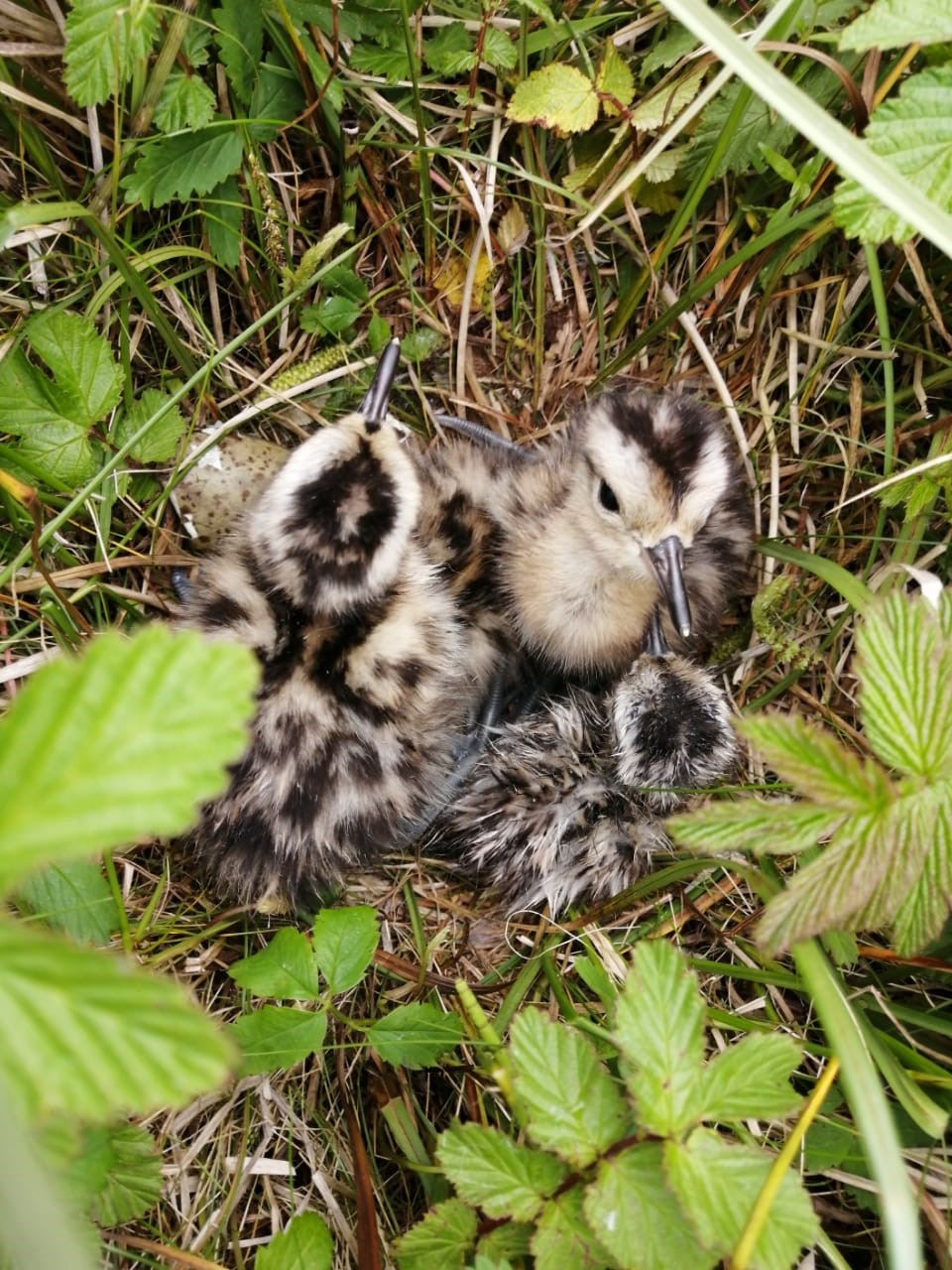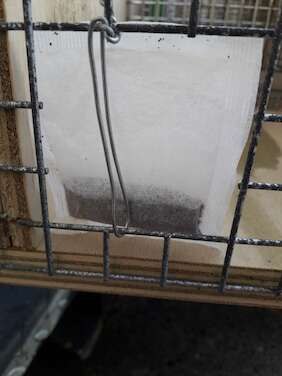New to our blog and want to find out more about the project, how to volunteer with us or have a question do contact us.
New website and blog
We have launched our new website where you can find out more about our project’s progress, how it came to be and how you can get actively involved. Our new project website means this is the last blog hosted on the RSPB Orkney community page. Project partner, RSPB Scotland, has been super generous letting us share their space while we set up our own. Now though, if you want to know how the project to protect Orkney’s unique native wildlife is going, please subscribe to our ONWP project blog via the button at the bottom of the page. That way you will never miss a thing!
Long days and trap rounds
The trappers are not wading through snow these days but instead find themselves negotiating electric fences and different routes as they respect the needs of each landowner laid out in their land access agreement now that more livestock are out. As their job is out regularly walking, occasionally a trapper has also stepped in to help rescue a sheep on its back, or a wayward cow. While the breeding season is in full swing the trap rounds have also been adjusted to not disturb ground-nesting birds such as the hen harrier, short-eared owl or these curlew chicks.

Trapping statistics
As promised in our March blog here is another update on the trapping progress. Our trapping statistics in the table below details the impact of the trap network on the invasive stoat population in Orkney. During the breeding season stoat families have less need to raid the bait in the traps as they have easy access to a plentiful smorgasbord of young wildlife of all varieties on hand which explains the reduction in stoat catch numbers compared to previous months.
March 2021 | April 2021 | May 2021 | Project total so far*** | |
Trap boxes deployed in the field | 71 | 66 | 74 | 5,703 |
Individual traps checked* | 12,931 | 12,440 | 10,129 | 93,622 |
Stoats caught** | 239 | 24 | 23 | 1,315 |
* many trap boxes contain two traps
** the stoats are killed using a type of lethal, humane trap – the DOC 200 – which is approved by the Spring Trap Approval Order for Scotland and the UK and meets the welfare standards defined by the Agreement on International Humane Trapping Standards (AIHTS).
*** Total statistics start date from 1 August 2019.

Tea bag for scale showing wire-tied entrance
While the wire-tied entrances to the trap boxes have reduced the numbers of other animals being caught, we are sorry to say that there still have been some animals (mainly young) finding their way into traps. We want to reassure everyone that these incidents remain incredibly rare in the context of the large number of traps and trap checks and will have no impact on the overall population of the other species being caught. We will continue to do what we can to progressively minimise this.
Since March 2021 through to end of May an additional 605 rats, 176 rabbits, 20 starlings, 53 mice, four hedgehogs, four frogs/toads and eight voles have been found in the trap boxes. There have been 5,703 trap checks over these three months, which means that 0.02% of the trap checks have found a vole. The only animal we cannot minimise catching are brown rats as they are a similar size and weight to stoats and are attracted to the same bait. If you have any concerns at all, as ever please do not hesitate to contact us to talk through questions you have.
To receive our next blog do remember to subscribe. You can keep up with our progress via our Facebook page, this website, our monthly column in the Orcadian newspaper and our blog.

